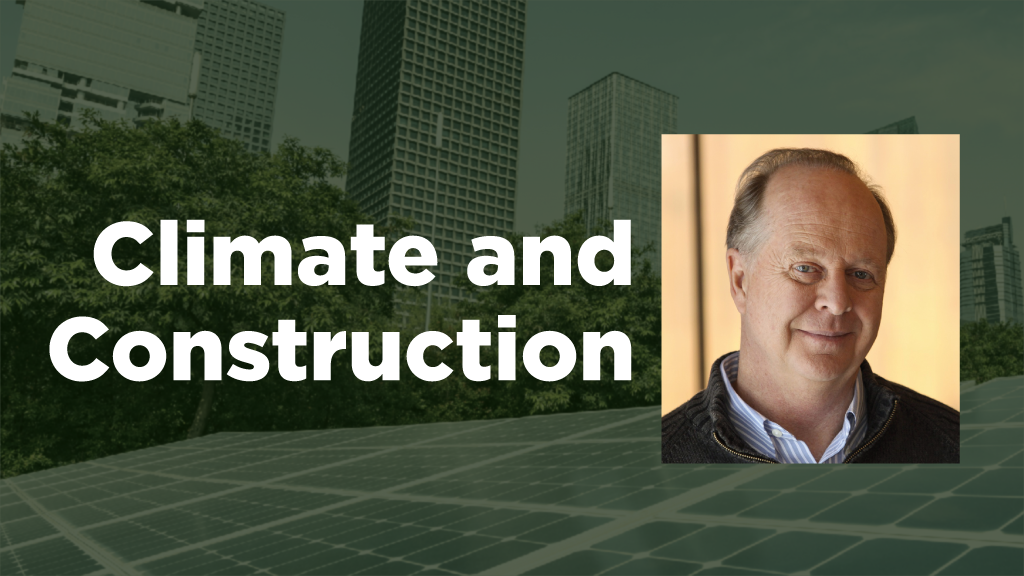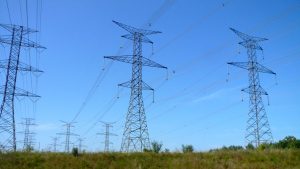When the second phase of construction of the CIBC SQUARE office complex in Toronto was announced in June 2021, there was something noteworthy concerning the development’s financing. The project was backed by a $780 million Green Loan, Canada’s largest-ever green real estate construction loan.
Canada has been moving towards a specialized financial support structure for environmentally beneficial projects for a few years. Law firm McCarthy Tetrault notes in January 2021, a discussion paper published by the Office of the Superintendent of Financial Institutions further opened discussion to enlarge, “the role of capital requirements, the supervisory review process and market discipline to help financial institutions and pension plans to be prepared and resilient to climate-related risks.”
Green Loans are growing fast. In fact, financing tied to measurable and verifiable sustainability objectives may soon reach $20 billion in Canada, according to Bloomberg.
That’s good news for both lending institutions and borrowers, since both sides of the deals wish to reinforce their individual commitments under corporate Environmental Social and Governance criterions.
Several financial institutions now offer special financing arrangements for borrowers with green initiatives in mind.
Vancity Community Investment Bank, headquartered in Vancouver, offers up to 100 per cent financing for loans as large as $50 million and amortizations up to 30 years for qualifying “operating projects.” Larger institutions like international bank HSBC have programs available, “to support the achievement of the borrower’s environmental and social objectives.”
The green financing for the CIBC SQUARE development was provided by a syndicate of major lenders headed by CIBC, and included Desjardins Capital Markets, HSBC, the National Bank, Toronto-Dominion Bank, Bank of Nova Scotia, Bank of Montreal and Wells Fargo. This demonstrates the degree to which major institutions are paying attention to the concept.
There are basically two types of green financing facilities in Canada; Green Loans and Sustainability-Linked Loans. The differences are important to note.
As described by McCarthy, a green loan can be any type of loan instrument created exclusively to finance or refinance, in whole or in part, specific new and/or existing eligible green projects. This can include projects involving renewable energy and energy efficiency and various forms of pollution prevention and control.
“In contrast, the focus of Sustainability-Linked Loans is to incentivize a borrower’s efforts to improve its sustainability profile by aligning pricing and other key loan terms to the relevant borrower’s performance against mutually agreed, material and ambitious, pre-determined Sustainability Performance Targets (SPTs),” says McCarthy.
This often involves a tie-in to some measurable economic achievement by the borrower.
The immediate reward for borrowers under both Green Loans and Sustainability-Linked Loans are discounted interest rate structures. But this comes with responsibilities.
In a world vulnerable to “green-washing,” a great deal of attention is paid to the target metrics established under the loan agreement, along with a rigorous verification process.
In terms of reporting, McCarthy says, “borrowers are encouraged to provide details of their underlying methodology and to make their methodology publicly available.”
There are also ancillary benefits for borrowers and lenders alike, including the positive impact that the sustainability projects will have on reputations, relationships with stakeholders and investors as well as with employees who increasingly regard environmental issues important to their work and life.
As green financing expands, either through issuer bonds or institutional lending, McCarthy correctly points out that, “Each Green Loan and each Sustainability-Linked Loan will require a case-by-case approach to appropriately set the SPTs, draft the relevant loan documentation and ensure the borrower’s sustainable development goals are met.”
Some hope a Canadian Green Bank will eventually emerge from the growing interest.
Specifically, Geoff Cape, CEO of Toronto community action group Evergreen, would like to see a Green Bank become part of the Canadian Infrastructure Bank. He believes this would, “eliminate market barriers by offering up to 100 per cent upfront financing,” which would thereby, “attract and stimulate private-public investments and growth into new revenue-generating green infrastructure projects.”
John Bleasby is a Coldwater, Ont.-based freelance writer. Send comments and Climate and Construction column ideas to editor@dailycommercialnews.com









Recent Comments
comments for this post are closed